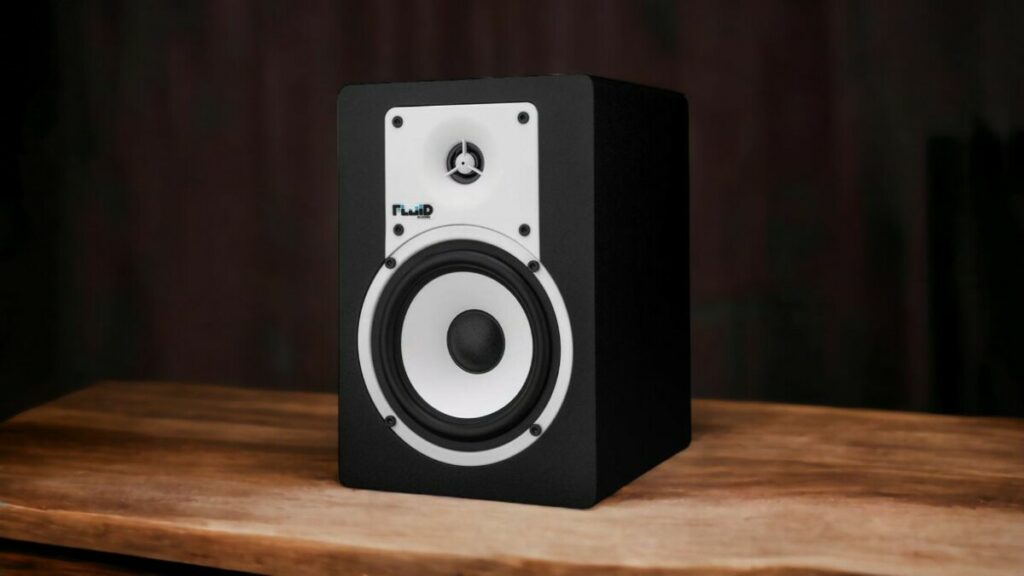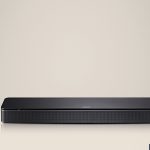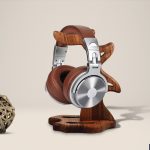Bet you didn’t know this – a whopping 80% of pro music makers swear by active studio monitors for their sound gigs.
Now you’re scratching your head, thinking, ‘What on earth is an active studio monitor?’ Let me break it down for you. It’s a speaker that powers itself and is built to dish out a super accurate playback of your sound output.
It’s like the secret weapon in the music production arsenal, and once we deep dive into its ins and outs, the tech behind it, and all the perks it brings to the table, you’ll totally get why.
So buckle up, because you’re about to get schooled in sound.
What Exactly Is An Active Studio Monitor?
An active studio monitor is basically a speaker that comes with its very own built-in amplifier.
The good news: It gives you a pass on needing an external amp, leaving you with an in-built one that’s tuned to the speaker’s specs to a T. This sets the stage for a more accurate sound reproduction, plus a more simplified, less cluttered setup.
The flip side: If your amplifier or any internal components decide to throw a tantrum, you might need to get the whole monitor fixed up or replaced. Also, compared to their passive counterparts, active monitors usually put a bigger dent in your wallet. And don’t forget, they each need their own power supply, which means more wires and more plugs occupied.
So, all in all, active studio monitors are great for their convenience and spot-on sound, but they do come with a heftier price tag and potential repair headaches.
The Unique Features of Active Studio Monitors

Then there’s Sound Isolation. This isn’t about sticking your monitor in a box and hoping for the best. It’s about using specific materials and techniques to stop sound from leaking and causing interference. This is key for keeping your audio output as pure as a freshly opened vinyl.
These features aren’t just some extra frills – they’re the bread and butter of your active studio monitor’s performance. So next time you’re messing around with your set-up, don’t forget the importance of monitor calibration and sound isolation. Trust me, your ears will be forever grateful.
Decoding the Technology Behind Active Studio Monitors
Breaking down the tech behind your audio gear might seem like a daunting task, but trust me, it’s actually not that complicated once you get the hang of it. Let’s take Active Studio Monitors for instance, these are absolutely essential in the audio production game.
To fully grasp what’s going on with these monitors, there are a few vital pieces to the puzzle:
- Monitor Calibration: This is all about keeping things in check and ensuring your sound hits just right. Essentially, you’re tweaking the monitor’s frequency response to vibe with your room’s acoustics.
- Speaker Placement: This is all about where you park your monitors in the studio. Getting this right, is key to nailing that perfect sound reproduction.
- Crossover Network: This is the tech that slices up the signal into different frequency bands.
- Amplification: In an active monitor, each speaker driver gets to rock out with its own dedicated amplifier.
- Driver Size: This bad boy affects your monitor’s frequency response and plays a big role in its ability to pump out those low frequencies.
Armed with this knowledge, you’re totally ready to take your audio gear game to the next level.
How Active Studio Monitors Improve Audio Production
Jumping on this tech trend can seriously amp up your audio game, giving your tracks the pro touch they’ve been begging for. Active studio monitors are the real MVPs when it comes to sound precision, letting you catch every tiny detail of your sound. You’ll be shocked at how much clearer and deeper your mixes become, creating a more immersive and genuine vibe for your listeners.
One of the biggest perks of these monitors is their spot-on amplification. The built-in amps are carefully tuned to match the specific drivers, delivering a crisp, no-frills playback of your music. They kick the need for outside amps to the curb, cutting down on signal damage and noise hiccups.
Choosing the Right Active Studio Monitor for Your Needs
Picking up the right audio gear for your sonic needs is no joke, and when it comes to speakers, you’ve got to be on your A-game. Where you put your monitors and how much dough you’re ready to drop are key moves in this game.
Here’s a cheat sheet to help you out on this quest:
- Audio Frequency Range: Make sure the monitor can handle all the sounds you’ll be dealing with. It’s like going to a buffet – you want all the options on your plate.
- Size and Space: Your monitor’s size should vibe with your studio space. You can’t fit an elephant in a Mini Cooper, can you?
- Price: Don’t go bankrupt over this, but remember, good stuff usually comes with a price tag. It’s all about striking a balance.
- Brand Reputation: Do a little homework about the brand’s rep in the audio world. You don’t want to end up with a dud.
- Placement: Your monitor’s spot in relation to where you’ll be jamming is crucial for the best audio experience. It’s kind of like choosing the best seat at a concert.
If you play your cards right, your audio production will be fire.
Equipment Tester & Reviewer
I’m an unbiased audio equipment tester & reviewer, dedicated to keeping you up-to-date on the latest and greatest in audio gear.








